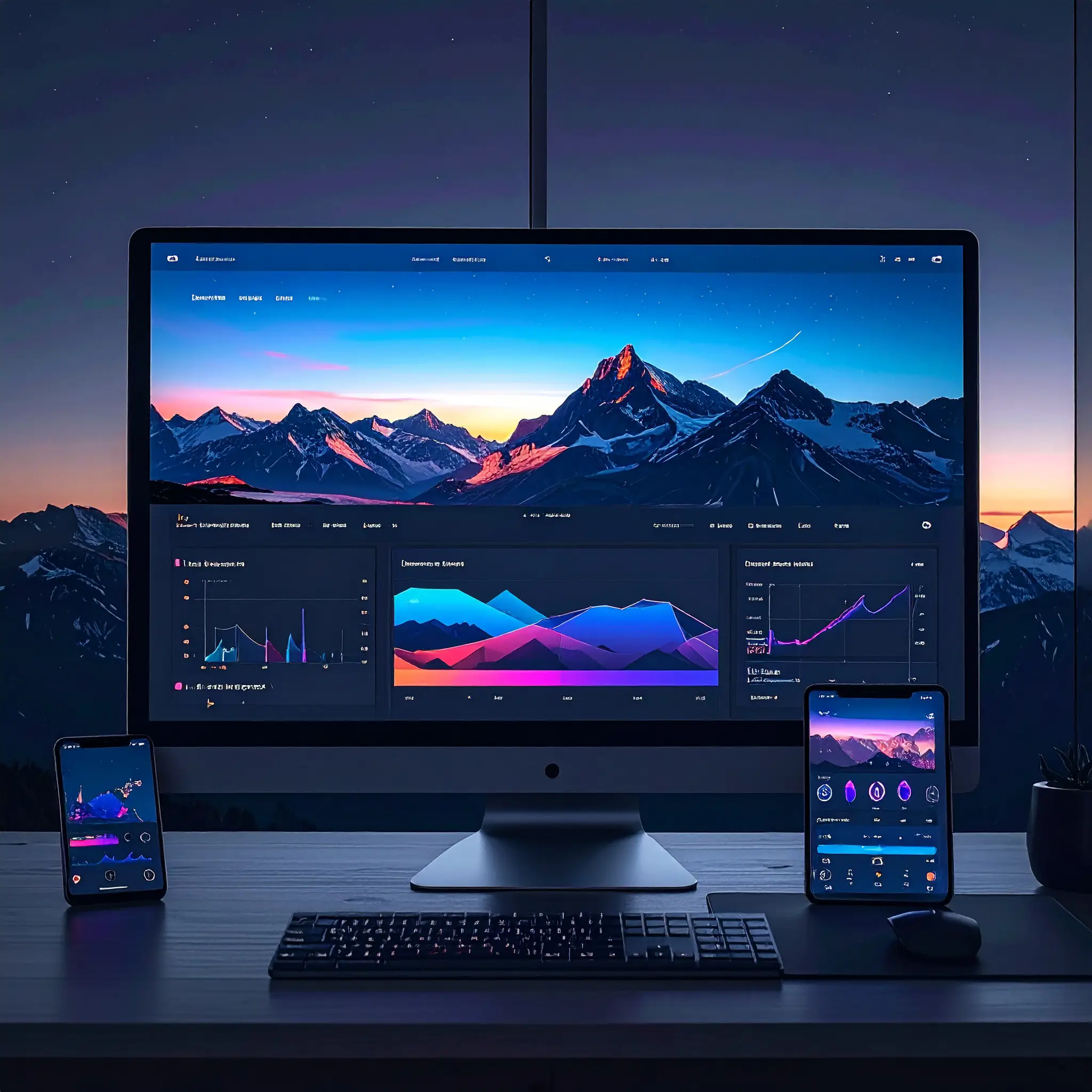UX/UI Design
Interfaces that connect
Research & insights
- Identify real user needs and behaviors
- Turn insights into actionable design strategies
- Ensure design decisions are evidence-based
Interaction design
- Smooth, intuitive navigation flows
- Clear feedback and affordances for actions
- Minimized friction for faster task completion
Prototyping & testing
- Clickable prototypes for real-world testing
- Identify and resolve pain points before launch
- Validate design choices with real users
Visual design
- Cohesive, aesthetically pleasing layouts
- Brand-aligned visual elements
- Enhanced readability and hierarchy
Accessible & inclusive
- WCAG-compliant interfaces
- Consideration for all abilities and devices
- Inclusive design that broadens your audience
Design systems
- Maintain brand consistency across platforms
- Reduce dev time with reusable components
- Enable team efficiency and cohesion



We begin by understanding how your users think, move, and decide. From there, we shape an interface that feels intuitive on first touch and rewarding with continued use. Every decision is guided by clarity, emotional resonance, and measurable outcomes.
Most projects take 3–8 weeks depending on scope, complexity, and number of views or components. Faster timelines are possible when the structure is clear and feedback cycles stay tight.
Yes—Figma is the center of our design system, prototyping, and collaborative workflow. You’ll receive organized frames, documented components, and a structure built for future updates without redesigning everything from scratch.
We combine lightweight discovery (interviews, heuristic audits, competitive landscape) with data-informed decision-making. For smaller projects, this means rapid clarity. For larger products, it becomes a structured research layer to validate flows and patterns before we design.
Absolutely. We design with implementation in mind—clean components, consistent spacing, scalable patterns, and dev-ready specs. Whether the build happens in Webflow, iOS, or a custom stack, the handoff is clear and stable.
Accessibility is built into our system from the start—color contrast, motion sensitivity considerations, navigable structures, and readable type. You get interfaces that serve more users without compromise to aesthetics.
Yes. We can layer UX/UI improvements onto your current structure, or evolve it over time so you avoid the cost of a full overhaul. It’s a practical path when your product works but needs modernization.
We do. Systems can be lightweight (colors, type, grid) or comprehensive (components, tokens, variants, usage rules). They help teams move faster and keep quality high as the product scales.
Yes—UX/UI influences how search engines and AI systems interpret your content. We shape layouts that surface key information, support semantic clarity, and guide both humans and AI toward the right answers.
We can continue with iterative design support—new views, refined flows, A/B tests, feature expansion, and ongoing improvements. Think of it as long-term design stewardship rather than a one-off project.
